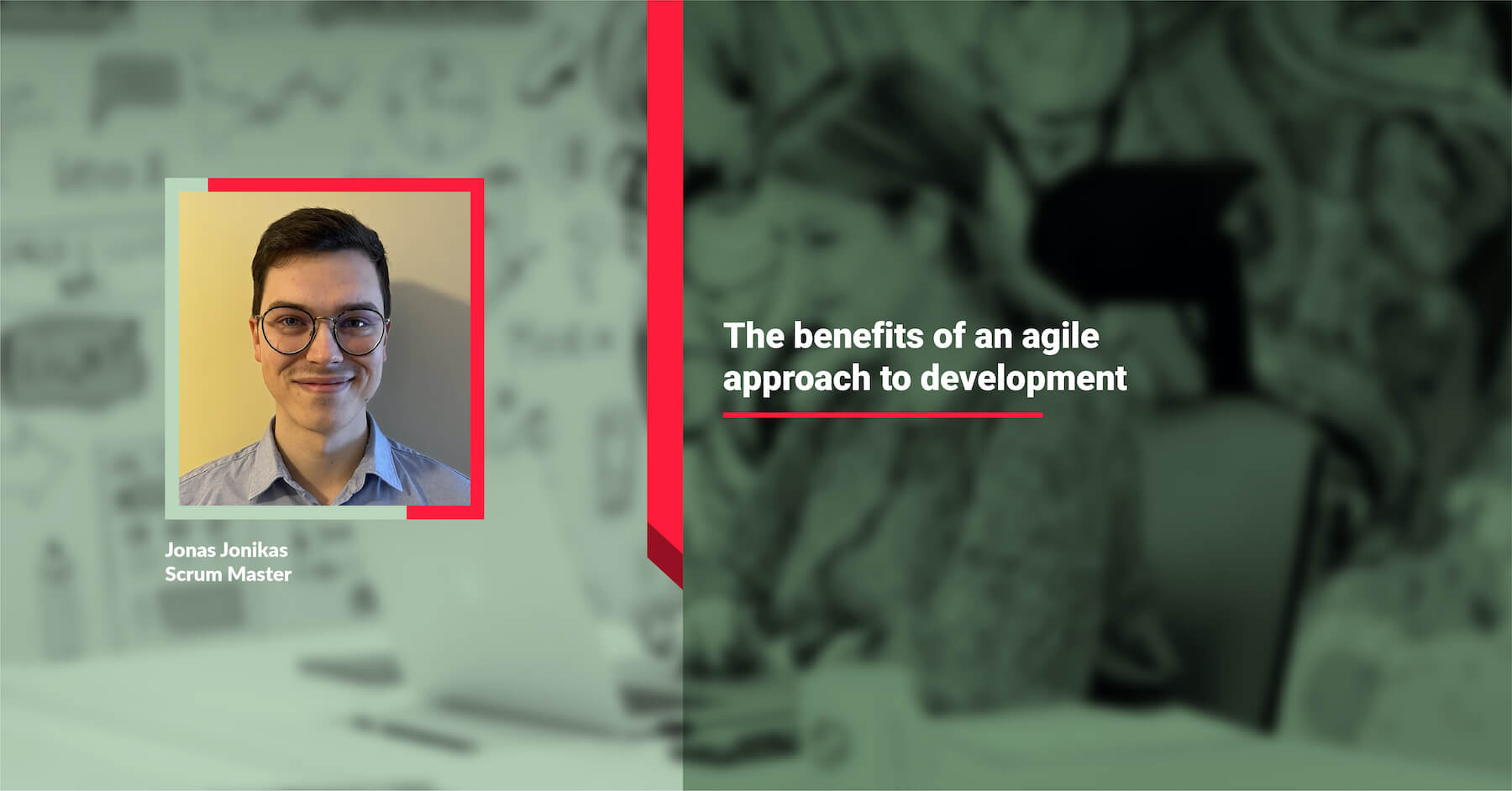As the saying goes, we are living in interesting times.
Now, more than ever, organisations need to be agile. It’s the only way they can respond to new trends, threats and opportunities fast.
In development terms, agile means breaking down traditional business silos and empowering teams to make their own decisions or collaborating with others as needed. Agile development processes help businesses thrive creatively and innovate at scale.
It’s a user-centric way to work. A development project will change and adapt continually based on user feedback, which results in a better user experience and faster value to the business.
Why we recommend an agile approach over a more traditional ‘waterfall’ methodology
- Rapid decisions and pivots. An agile development process allows for rapid changes in direction when you need them. You work in ‘sprints’, assessing and adapting outcomes continually, based on real-time feedback. This means you’ll never get to the end of the project only to discover that the application is no longer doing what users want or need. Errors are found and fixed quickly as you go.
- Transparency and stakeholder buy-in. Everyone can see what the project looks like at each stage of development, which reduces risk and increases stakeholder buy-in.
- Future-proofing. An agile process allows you to continually improve the tool or platform you’ve created, keeping it fit for purpose.
Moving from a waterfall to an agile process
If you are structured for a traditional waterfall set up, moving to agile can seem daunting. Here are five key things organisations need to do to successfully move to agile development.
- Have a clear vision that everyone can work towards and agree on.
- Structure your teams in a way that gets rid of silos and encourages cross-functional teams to make their own decisions on how best to complete the project – this will help the business innovate.
- Review your organisational culture. Start with a small project, to persuade people of the benefits of agile, before rolling it out across the business. Good communication of the shared vision will help to allay any fear people have of change.
- Review your third-party contracts. Traditional contracts can stifle innovation. Start to introduce contracts that focus on the outcome of the project, rather than focusing on delivery of tasks.
- Expect to continually improve and evolve. Agile development structures mean you won’t always be able to plan every step of the way, but you can plan the outcomes. This is it’s strength – each ‘sprint’ takes lessons from previous sprints, so you are constantly learning and adapting based on data. Your team will need to adapt to this new approach.
To work in an agile way takes collaboration and trust, and a real focus on the outcome that the development wants to achieve. Its ability to adapt and change means it’s a great way to increase your organisation’s resiliency as it regularly faces new, unexpected challenges and overcomes them to deliver what customers and their users want and need.
To learn more about working in a more agile way, see our guide: The Benefits of an Agile Approach to Development



